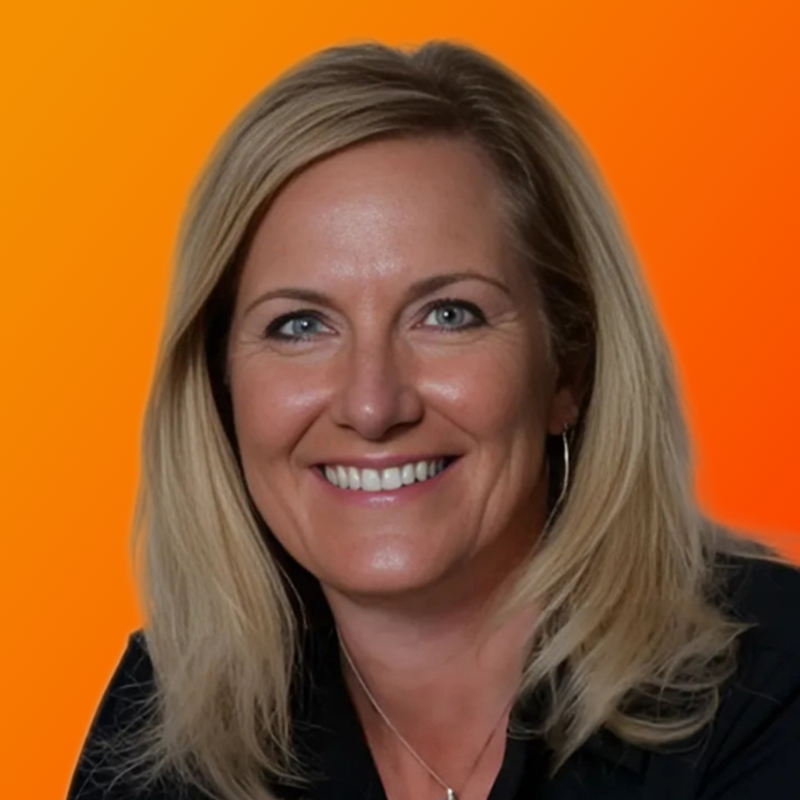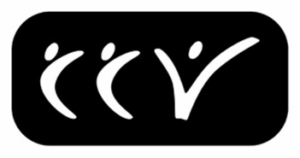In this candid Q&A, Traci Lamm, Vice President of E-Commerce Brand Services and Sales Operations at Azure Standard, shares the philosophies that have fueled her success, the moments that defined her love for CX, and the lessons she’s learned from working alongside everyone from Fortune 500 executives to first-day agents. With a conversational style and grounded wisdom, she reminds us that the heart of customer experience isn’t technology or efficiency. It’s empathy, trust, and a team that feels deeply connected to the mission.
Let’s dive into our conversation with Traci, where she shares the insights, experiences, and human-first mindset that continue to shape her approach to customer experience leadership.
Execs In The Know (EITK): What has been your guiding philosophy in building world-class support teams?
Traci Lamm: When it comes to building world-class support teams, my guiding philosophy has always been simple: people first. If making people happy is your baseline, everything else becomes easier. At the heart of every great team is a genuine desire to help others, which applies to both the customers and the internal team.
Big or small decisions should revolve around a few key questions: “Is this going to help the customer or hinder them?” and “Are we intentionally making things sticky, or could we be simplifying things to create a better experience?” The answers to these questions should always drive the strategy and the customer experience you’re building.
Ultimately, if we make the experience easy, human, and empathetic for customers and our agents, that’s how you create a world-class team and an exceptional experience.
EITK: Customer expectations continue to evolve rapidly. How do you balance efficiency and personalization in customer support operations, especially in large-scale environments?
Traci: I genuinely believe that balancing efficiency and personalization is all about putting people first, both customers and the teams supporting them.
In large-scale environments, it’s easy to lean too far into automation for the sake of efficiency, but I always come back to the customer experience. Are we making things easier for them? Are we treating them like a person, not a ticket? That’s the lens I use when designing support operations.
I focus on building intelligent systems that free up our team to do what humans do best: build relationships, show empathy, and solve complex problems. Self-service and AI can absolutely drive efficiency, but only when they’re implemented thoughtfully, with the customer journey in mind.
On the flip side, personalization doesn’t have to mean slower. When we equip agents with the right tools—CRM insights, macros tailored to customer segments, and proactive support cues—we empower them to deliver personal experiences faster and more effectively.
I’m obsessed with customer outcomes. If we take care of our people, give them the tools and trust to succeed, and keep listening to what customers want (and help them understand what they need), we can create an experience that’s both efficient and deeply human.
EITK: You’ve built and scaled CX operations across call centers and BPOs. What technologies do you believe are critical for delivering exceptional customer experiences today?
Traci: That’s a fun one and my favorite part of what I do! I’ve worked with my fair share of platforms. But here’s the thing: there’s no one-size-fits-all solution for CX technology. The most critical piece is understanding the business, the customer journey, and the organization’s actual needs before deciding on any tech stack.
Before I build or scale a contact center, whether in-house, nearshore, or BPO. I start by digging into the customer experience. Who are we serving? Where are they coming from? What channels do they use or want to use? What do they expect from us, and what do we want to lead them to do? And just as importantly, what does the business need, and what can it realistically support operationally and financially? From there, it’s about finding the right tools to support that vision. I’ve worked with platforms like Genesys, Zendesk, and Salesforce, but what matters most is that the technology aligns with the structure of the support team and the kind of service we want to deliver.
For example, if you’re a high-touch, high-complexity business, you need a platform that allows deep case tracking, knowledge management, and context sharing. But running a fast-paced, high-volume e-commerce operation is all about speed, automation, and seamless omnichannel support. Ultimately, great CX isn’t about having all the tools. It’s about having the right tools and using them to enable your people to deliver exceptional, human-centered support.
EITK: Looking back at your time leading customer support at Forbes, what were some of the most impactful initiatives you implemented, and how did they elevate the customer experience?
Traci: One of the most impactful things I did, first and foremost, was getting the team out of Outlook and into Freshdesk. That was a game-changer. It gave us the visibility we needed to understand what our customers were asking for and where they were getting stuck. Suddenly, we had reporting! We could share real data about trends, pain points, and opportunities with product, engineering, and leadership. It really helped shift the support function from reactive to strategic.
I also streamlined processes across a few key business lines, especially around events. By working with stakeholders to proactively improve communications and self-service, we reduced the volume of repetitive questions like “Do I need to print my ticket?” or “Where do I park?” That freed our team to focus more on meaningful, high-touch interactions instead of chasing down parking details.
Another initiative I’m proud of was partnering with the Growth team to build out customer retention programs. Before that, support wasn’t contributing to retention at all—but by being intentional about how and when we engaged, we took that number from 0% to around 8–10%. As we all know, keeping a customer is way more cost-effective than acquiring a new one, which has a real business impact.
It was all about creating a more connected, thoughtful experience for both the customer and the internal teams that support them.
EITK: You have a proven track record of driving successful customer support strategies across different industries. How do you adapt your leadership approach when working with vastly different brands and customer bases?
Traci: That’s such a meaningful question, and honestly, it always comes back to people for me. I’m a small-town girl, and something that’s stuck with me throughout my entire career is that, at the end of the day, everyone just wants to be heard. Whether it’s a customer at Forbes trying to access premium content, a lighting engineer on a movie set when I was at Litegear, a support agent fresh out of high school, or a seasoned supervisor who’s seen it all. They’re all people with stories, challenges, and lives that shape how they show up.
So, my leadership approach starts with listening, no matter the brand or the industry. I take the time to understand who the customers are, what they need, and, just as importantly, who’s supporting them. What’s going on in their world? What do they care about? What motivates them? That kind of empathy allows me to build trust quickly and lead in a way that meets people where they are.
From there, I focus on creating balance, ensuring the customer and the employee feel seen, respected, and supported. That’s where the magic happens. When you make space for people to feel safe, heard, and valued, they show up in incredible ways—and that’s true no matter the company or the customer base.
So yes, industries and brands may change, but people don’t stop wanting to be treated with dignity and kindness. That’s my north star.
EITK: You’ve collaborated with Fortune 500 companies and global teams throughout your career. What are the key ingredients for creating a high-performing, customer-centric team culture at scale?
Traci: This really ties into the last question because people are at the core of any high-performing, customer-centric team. It’s about ensuring every individual feels seen, connected, and valued, unlike a number or a line item on a spreadsheet.
When you’re working at scale, especially across global teams or BPOs, that human connection becomes even more important. I’ve always believed that if you want a team to care deeply about the customers they’re supporting, you have to show that same level of care and commitment to them. That means creating intentional opportunities for connection, whether it’s team-building, shared wins, or just taking a moment to check in and ask how someone’s day is going.
A lot of teams are still remote now (which, by the way, I’m still a huge fan of—there’s a whole other conversation there!), so it’s key to ensure people feel supported by leadership, connected to their peers, and proud of the brand they represent.
I’ll always remember when we were building out the team for Quibi. We spent weeks onboarding them with care, meeting in person and over video, sending them swag, and making sure they got the same items any full-time employee would. We didn’t treat them like “just a vendor” or a transactional extension of the business. We treated them like teammates. And guess what? They showed up as teammates—engaged, committed, and deeply customer-focused.
At the end of the day, it always comes back to putting people and real human interaction first. That’s how you build a culture that scales—and sticks.
EITK: AI and automation are transforming customer support. Where do you see the biggest opportunities and challenges for CX leaders in leveraging these advancements?
Traci: AI and automation are absolutely transforming customer support, and there’s no question that leveraging these tools is mission-critical, especially in today’s economic environment where teams are being asked to do more with less. The opportunity to improve efficiency, speed up resolution times, and offer smarter self-service is huge.
But—and it’s a big but—we have to find the right balance. One of the biggest challenges I see is the risk of losing meaningful, human conversations with customers—the ones where we really listen, learn, and uncover feedback we wouldn’t have gotten through a chatbot or auto-response. Those conversations are gold. They drive product insights, improve experience, and build lasting relationships. If we automate too much or in the wrong places, we risk losing the very heart of CX.
The same goes for our internal teams. It’s easy for leaders to get excited about AI tools and design fancy workflows, but if we don’t involve the agents who are actually using them, we may be solving the wrong problems. Worse, we might unintentionally make their jobs harder. I’ve always believed the best solutions come when we co-create with the people doing the work. They know what’s clunky, what’s helpful, and where the real pain points are.
There’s definitely a theme in my answers, and it shows up here, too: people have to be at the heart of everything we do. AI is powerful, but we can’t lose sight of the human connection on either side of the conversation.
EITK: CX leadership goes beyond just resolving issues. It’s about driving loyalty and long-term relationships. How do you measure success beyond traditional support KPIs?
Traci: Totally agree—CX leadership isn’t just about putting out fires. It’s about building trust, driving loyalty, and creating long-term relationships that actually move the business forward. So, while I absolutely track traditional support KPIs like CSAT, response time, and resolution rates, I also look well beyond that to get the full picture.
On the customer side, I’m paying close attention to things like churn and retention rates, customer lifetime value, average revenue per user, and even customer effort scores. If our support is truly making things easier and building trust, those numbers will reflect it. I also love digging into customer journey satisfaction—where are we exceeding expectations, and where are we falling short?
But the other half of the equation is the team. If your employees aren’t thriving, your customers won’t be either. So I also track things like tool utilization (are the systems we’ve put in place actually helping?), voluntary turnover, and changes in agent performance or satisfaction, and I make space for regular employee well-being surveys. I’m always looking for patterns—are there signals that someone’s burning out or that a workflow is causing friction?
To me, success is when both sides—the customer and the team—feel supported, connected, and empowered. When your people are engaged and your customers feel seen and heard, that’s when long-term loyalty really starts to take root.
EITK: You’ve been recognized for your work ethic and leadership. What’s one piece of career advice you’d give to aspiring CX professionals who want to make a lasting impact in this space?
Traci: One piece of advice I always give aspiring CX professionals is to stay true to your values. It can be so tempting to chase the bigger title, the fancier brand name, or the bigger paycheck—and trust me, I get it. I know how hard it is to turn down more money or what looks like the “perfect” next step. But if you’re not aligned with the values of the company, that excitement wears off fast. You start to feel disconnected, maybe even discouraged, and it becomes harder to show up as your best self.
In this space, where we’re responsible for how people experience a brand, you must believe in what you’re representing. No one jumps out of bed excited to solve customer issues if they’re not excited about who they’re doing it for.
And another piece of advice: don’t take it personally when your ideas don’t immediately get greenlit. In CX, you’re going to have big ideas—some of them bold, some of them game-changing—but not all of them will get budget or buy-in right away. That doesn’t mean you stop bringing them forward. Keep thinking big. Keep showing up with new ways to make things better for customers and for your team. It shows passion and, over time, that persistence really does pay off.
Know your values, stay grounded in them, and don’t be afraid to dream big… even if it takes a few tries to achieve them.
EITK: What fuels your passion for customer experience? Was there a defining moment in your career that solidified your love for this industry?
Traci: What fuels my passion for customer experience? Honestly, it’s people. It’s knowing that in just one conversation, I have the power to impact someone’s day in either a positive or negative way. That’s such a big responsibility and such a gift. I’ve always had a passion for helping people. I was raised by a single mom who taught me early on that you never know what someone is going through—and that one small moment of kindness, one positive interaction, could be the thing that turns their whole day around, even if just for a little while.
A defining moment in my career that really solidified my love for this work happened during my time at M-GO. We were at the forefront of the digital streaming space, and a big part of our job in support was just helping customers understand what we were and how to use us. It wasn’t always straightforward, and our agents spent a lot of time educating and connecting with people who were brand new to streaming.
One night, we were at a 24/7 support center, and one of our agents got a call from a woman who had a new Vizio TV with M-GO preloaded on it. She had no idea what it was or why she should care. The agent walked her through how it worked, what a membership was, and how to start using it. At the end of the call, she said, “Thank you for teaching an old woman new tricks. I can’t wait to show my grandson that I know how to work this thing.” I laughed out loud when I heard the recording—she was so tickled that she was going to prove to her grandson she wasn’t as clueless as he thought she was. That moment stuck with me.
At M-GO, I trained our team to treat every customer interaction like a conversation over coffee. We encouraged them to talk about the latest movies, share their opinions, and build a real connection, not just get through the call. And I’ve never looked back.
To this day, I remind my teams that you might be the only person that a customer talks to today. Your tone, your words, your empathy—it all matters. CX isn’t just about solving a problem. It’s about making people feel seen and valued. And if I can help create teams that do that consistently—for customers and for each other—then I know I’m doing what I was meant to do.
Now, I also know that it’s not always easy. Not every customer is kind or patient; some conversations can be tough. That’s why there’s a balance to how I train and support my teams. We focus just as much on de-escalation techniques, emotional intelligence, and how to reset after a hard interaction as we do on systems and processes. I always say, you can’t carry that last call into the next one. So, we build space for our agents to breathe, regroup, and feel supported. Because, at the end of the day, this is still about human connections. And that includes making sure our people are cared for, too.
I truly love what I do. At the end of the day, my job is to make both my internal team and my external customers smile. And that’s pretty special.
A special thank you to Traci for sharing her insights and expertise in this CX Q&A. We’re grateful for her valuable perspectives and thought leadership.
You can find Traci on LinkedIn or through our Know It All (KIA) community to continue the conversation or connect with her directly.


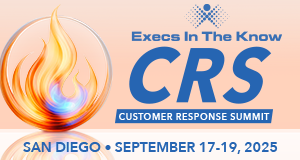





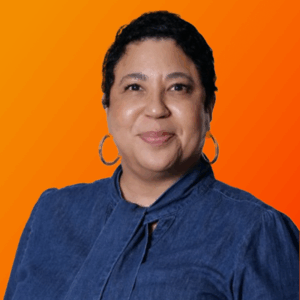










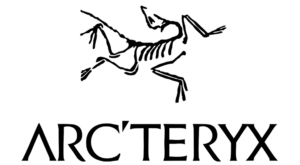



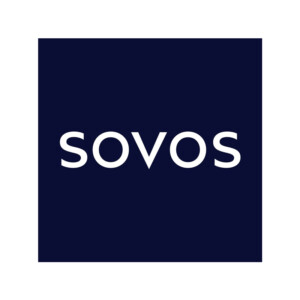


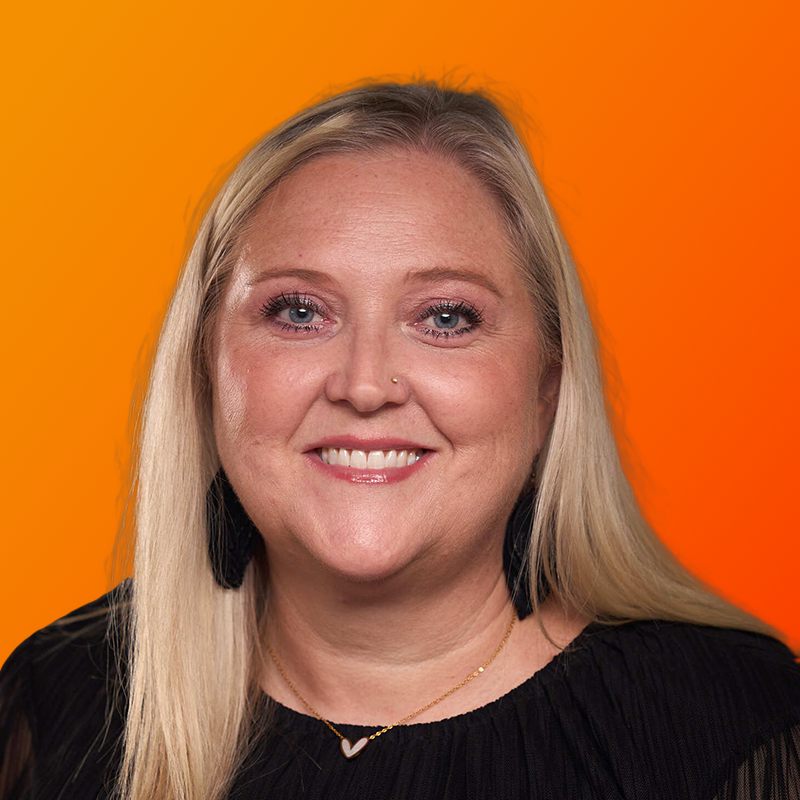 Trista Miller
Trista Miller
















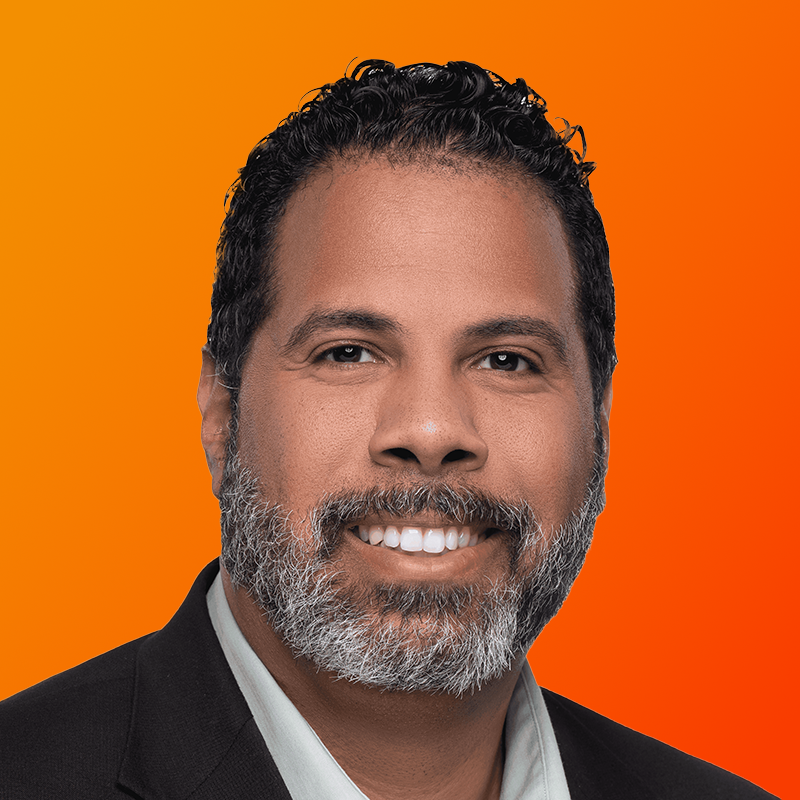










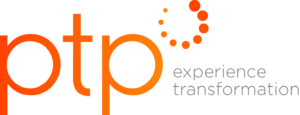















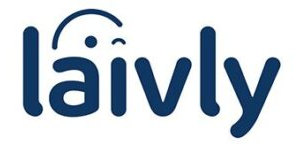











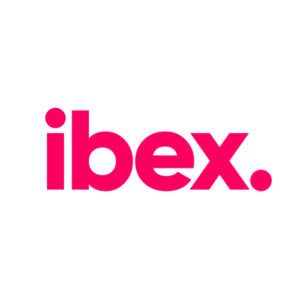 ibex delivers innovative BPO, smart digital marketing, online acquisition technology, and end-to-end customer engagement solutions to help companies acquire, engage and retain customers. ibex leverages its diverse global team and industry-leading technology, including its AI-powered ibex Wave iX solutions suite, to drive superior CX for top brands across retail, e-commerce, healthcare, fintech, utilities and logistics.
ibex delivers innovative BPO, smart digital marketing, online acquisition technology, and end-to-end customer engagement solutions to help companies acquire, engage and retain customers. ibex leverages its diverse global team and industry-leading technology, including its AI-powered ibex Wave iX solutions suite, to drive superior CX for top brands across retail, e-commerce, healthcare, fintech, utilities and logistics. TELUS Digital
TELUS Digital
